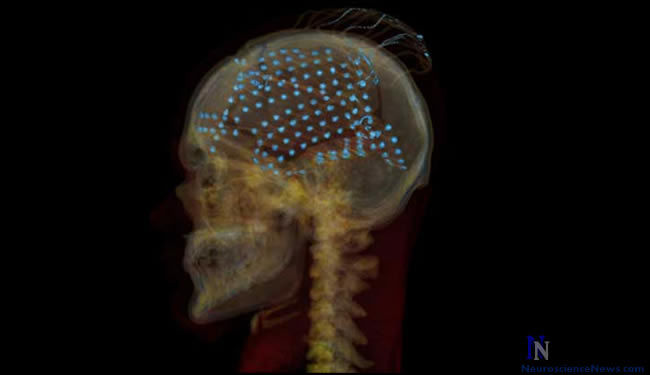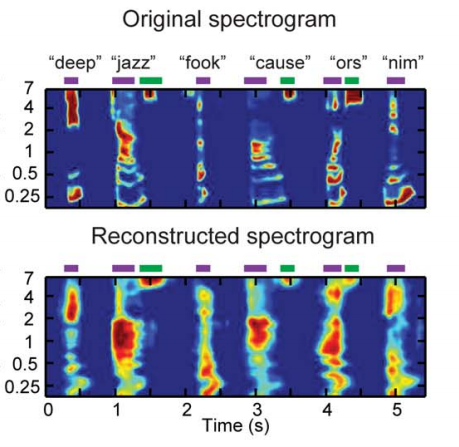Scientists Uncover Method To Literally 'Read' Human Thoughts

Researchers from the University of California have developed a remarkable method that has allowed them to discern what a patient is thinking through de-constructing their associative brain waves. While still incredibly early in its potential implications, such a method of interpreting someone's thoughts without the need for speech to be crafted could be hugely significant for loved one's and medical staff to communicate with those who are unable to speak; such as comatose patients, or those suffering with 'locked-in syndrome'.
The new research is in part inspired by a 2011 study conducted by Jack Gallant and his team of research students, also of the University of California, Berkeley, that demonstrated how participants could control an on-screen cursor simply by thinking of vowel sounds.
Here, the research team – led by Dr. Brian Pasley - focused on gathering a series of electrical signals directly from the superior temporal gyrus area of the brain – a part of the brain “thought to play a critical role in the transformation of acoustic information into phonetic and pre-lexical representations”, according to the researchers' finalised report. In other words, it is the area of the brain that allows us to make sense of the sounds we hear. Studying 15 different patients, all of whom were undergoing surgery for epilepsy or tumours, the team monitored the brain waves of each patient as they listened to recorded words and sentences played by the team.
The team of researchers then utilised a computer model that could, in essence, predict which word the participant had heard. The computer program could even reproduce the sound of the word based on the prediction it had previously made. Though the outputted sound is by no means perfect (by any stretch of the imagination), Dr Pasley has re-iterated that the methodology used is in its very early stages, and even then some of the sounds bear a number of similarities to their true counterpart. The potential application of such a technology is truly significant – allowing those who have suffered from stroke, degenerative muscle disease or speech impediments – to once again be able to craft free-flowing speech.
Is it just us, though, who've noticed how Disney Pixar came up with one of the most interesting applications two years before the report was published? Talking dogs. Enough said.
Source: pLoS Biology
Image Credit: Adeen Flinker/UC Berkeley